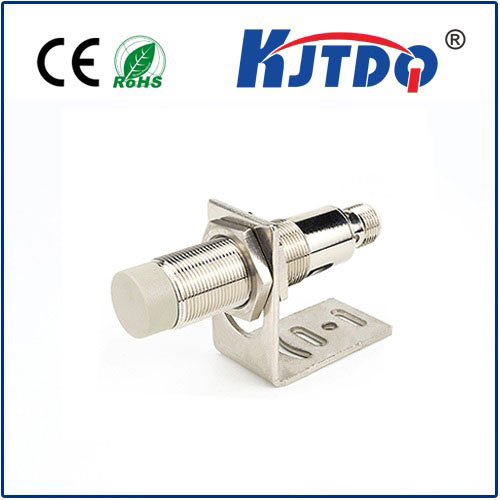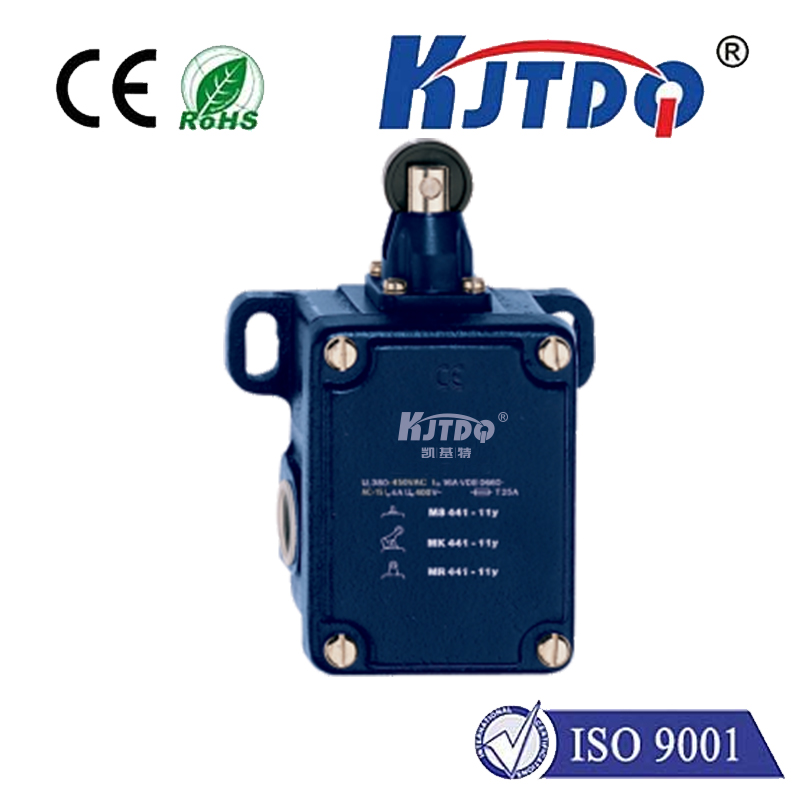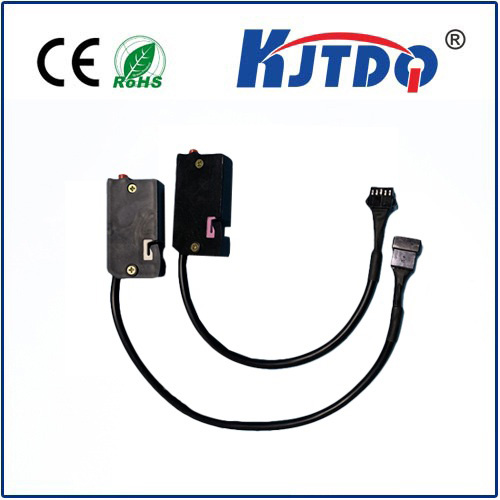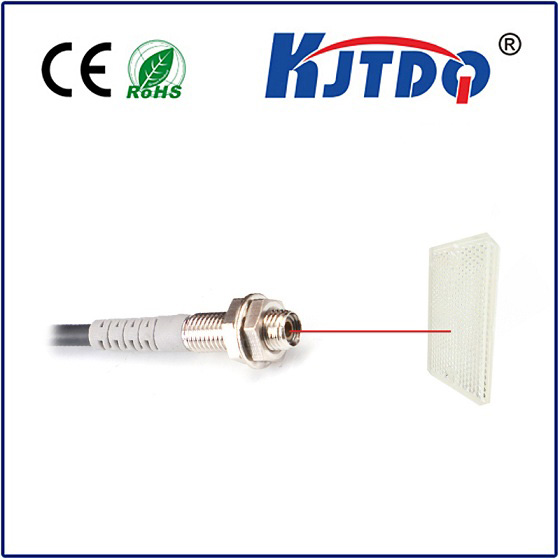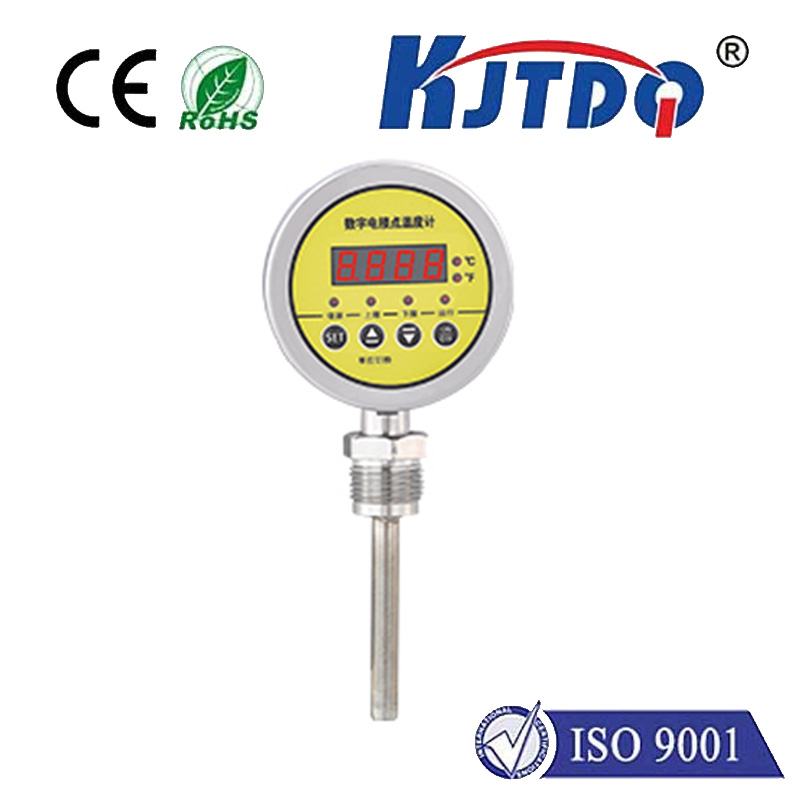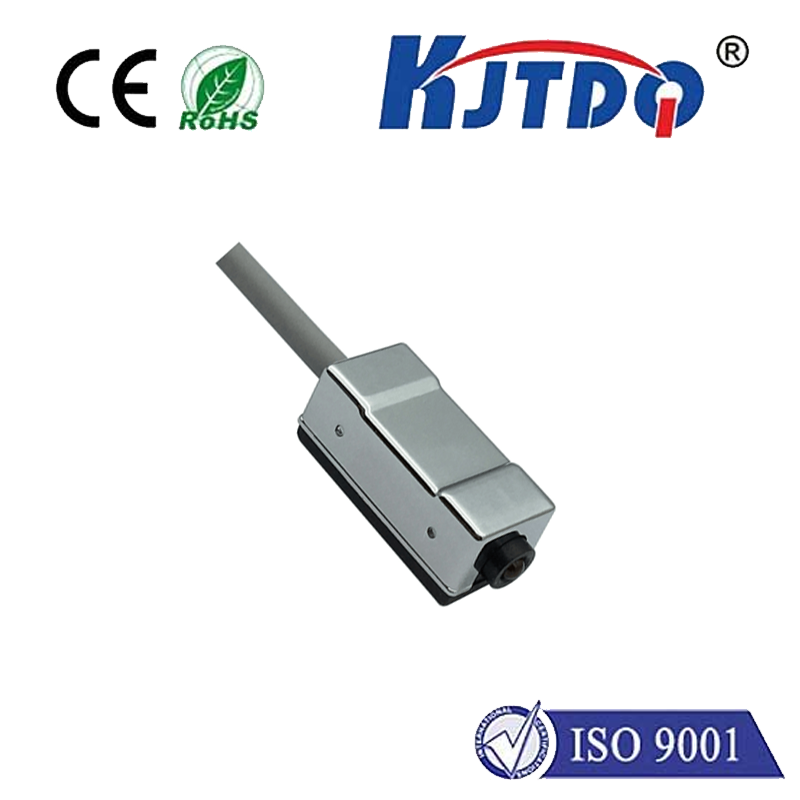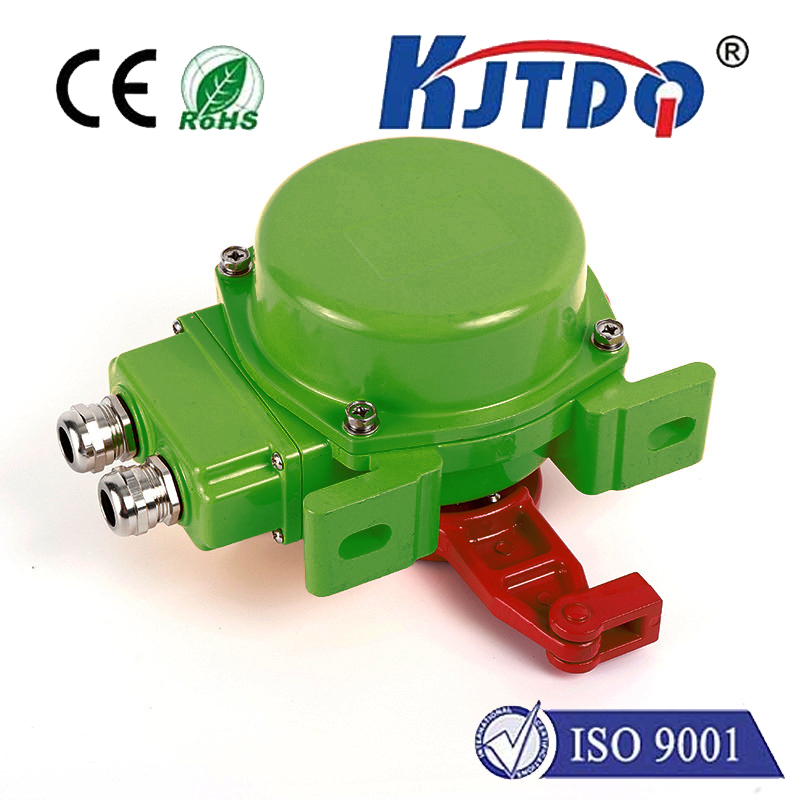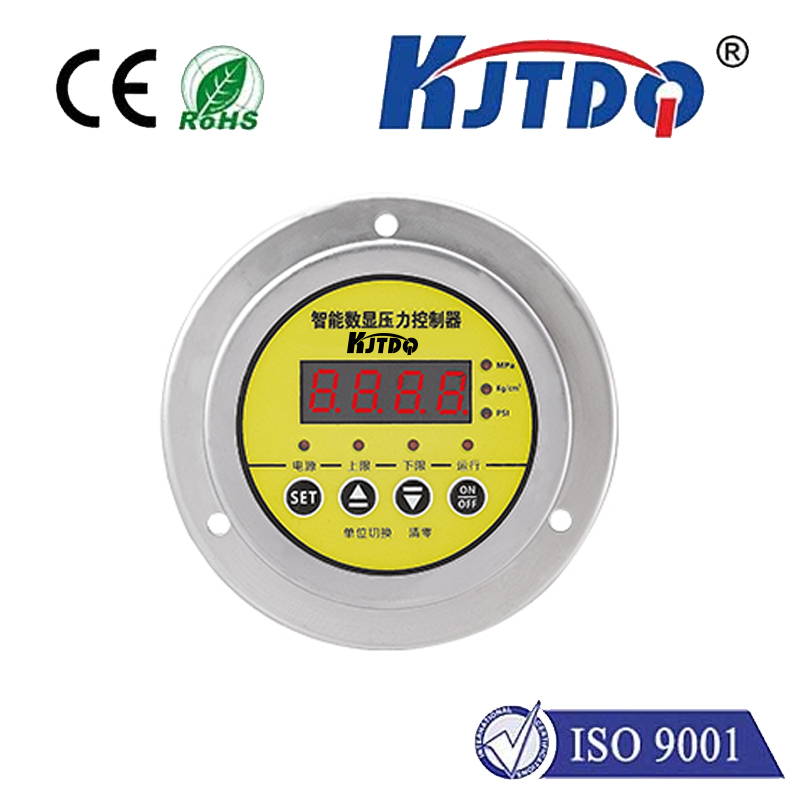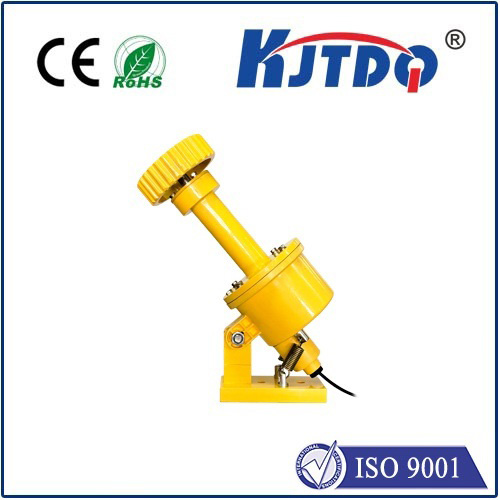
check

check

check

check
Introduction:
The world of technological advancement is constantly evolving, and one area where this evolution has been significant is in the realm of smart sensors. Among these, the Zigbee proximity sensor stands out as a powerful tool that can significantly enhance connectivity and automation in various applications. In this article, we will explore what Zigbee proximity sensors are, how they work, their potential applications, and why they matter in today's connected world.
What are Zigbee Proximity Sensors?
A Zigbee proximity sensor is a type of wireless sensor that uses the Zigbee protocol to communicate with other devices in its network. These sensors can detect the presence or absence of objects or persons, providing accurate and reliable information about their location and status. What sets Zigbee proximity sensors apart from other types of sensors is their ability to operate in relatively small spaces, making them ideal for use in smart homes, smart cities, and other environments where space is limited.
How do Zigbee Proximity Sensors Work?
Zigbee proximity sensors work by using ultrasonic or infrared signals to determine the distance between the sensor and the objects or persons it is measuring. When an object or person moves within range of the sensor, it sends a signal to the surrounding devices, alerting them to the presence of the object or person. The sensors can also be programmed to trigger specific actions when certain conditions are met, such as when a person enters a certain room or when an object falls.
Applications of Zigbee Proximity Sensors:
Zigbee proximity sensors have numerous applications in various fields, including home automation, industrial automation, healthcare, security, and transportation. In the home automation sector, these sensors can be used to control lighting, heating/cooling systems, and other appliances based on the presence or absence of people or objects. In industrial settings, they can be used to monitor the health of equipment, track the movement of people and vehicles, and prevent accidents. In healthcare, they can be used to monitor the vital signs of patients and remind them to take medication. In security, they can be used to detect intruders and trigger alarms. In transportation, they can be used to monitor traffic flow and prevent accidents.
Conclusion:
In conclusion, Zigbee proximity sensors are an essential component of the growing trend towards smarter homes, smarter cities, and more interconnected ecosystems. By enabling precise location tracking and triggering specific actions based on certain conditions, these sensors are revolutionizing the way we interact with our environment. As technology continues to evolve, we can expect to see even more innovative uses for Zigbee proximity sensors in the years to come.
